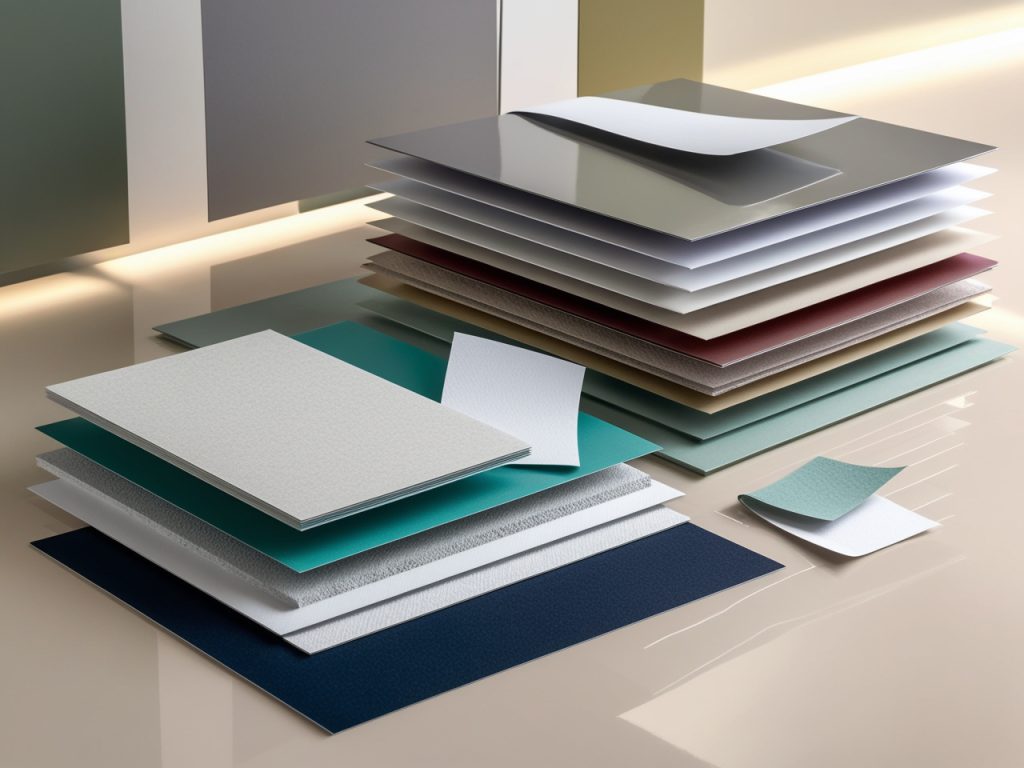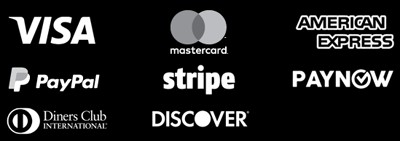
Selecting the right paper for your print project is a critical step in ensuring the final product meets your expectations. Paper choice influences not only the look and feel of your materials but also their durability, cost, and overall impact. From promotional flyers and business cards to premium brochures and invitations, each project has its own paper requirements. This guide will help you understand how to choose the best paper for your specific needs by considering key factors like paper weight, finish, and purpose.
Choosing the Right Paper #
1. Determine the Purpose of Your Project #
Before selecting a paper type, consider the primary goal of your project. Different print materials have different requirements, and the type of paper you choose can either enhance or detract from the effectiveness of your message. Here are some common project types and paper recommendations:
- Business Cards: These need to be durable and make a strong impression. Opt for heavier paper (300-350 GSM) with a professional finish, such as matte, gloss, or spot UV, to convey quality and reliability.
- Flyers and Posters: These promotional materials need to be eye-catching and easy to distribute. For flyers, choose lightweight paper (120-170 GSM) that can be printed in bulk without breaking the budget. Posters can benefit from a heavier stock (170-250 GSM) for a more durable and impactful presentation.
- Brochures and Catalogs: These materials should combine durability with readability. A mid-weight paper (150-200 GSM) with a gloss or silk finish is ideal for showcasing vibrant images and product information while maintaining a professional appearance.
- Invitations and Greeting Cards: Invitations and cards often require a luxurious feel, so opt for a thicker cardstock (250-350 GSM) with finishes like textured, linen, or embossed surfaces to enhance the tactile experience.
2. Consider Paper Weight (GSM) #
GSM (Grams per Square Meter) is a key factor in determining the thickness and durability of your paper. The higher the GSM, the thicker and sturdier the paper. Understanding GSM will help you choose a paper that matches the needs of your project:
- Lightweight Paper (70-120 GSM): Best for everyday office printing, newsletters, or internal memos. Lightweight paper is affordable and flexible, but not suitable for premium projects.
- Mid-Weight Paper (120-170 GSM): Ideal for marketing materials like flyers, posters, and brochures. This weight strikes a balance between durability and affordability, providing good print quality without being too heavy.
- Heavyweight Paper (200-350 GSM): Best for business cards, invitations, packaging, and premium brochures. Heavy paper adds a sense of quality and professionalism, making it ideal for projects that need to leave a lasting impression.
3. Choose the Right Paper Finish #
The finish of your paper plays an important role in the visual and tactile experience of your printed materials. Here’s a breakdown of the most common finishes and their ideal uses:
- Gloss Finish: Gloss paper has a shiny, reflective surface that makes colors pop and adds vibrancy to images. It’s perfect for marketing materials like brochures, flyers, and catalogs that require high visual impact. However, gloss finishes may produce glare under certain lighting conditions and can be prone to fingerprints.
- Matte Finish: Matte paper has a smooth, non-reflective surface that gives your project a sophisticated, understated look. It’s great for business cards, invitations, and text-heavy documents where readability is key. Matte finishes reduce glare, making it easier to read under different lighting conditions.
- Silk/Satin Finish: A silk or satin finish offers the best of both worlds. It has a slight sheen that enhances color depth without the high reflectivity of gloss paper. This finish is ideal for high-end brochures, magazines, and marketing materials where a premium feel is desired.
- Textured Paper: Textured paper adds a tactile element to your project, making it feel more luxurious and unique. Common textures include linen, felt, and laid finishes, which are often used for wedding invitations, certificates, and luxury business cards. Textured paper can add a sense of elegance but may be less suitable for detailed images.
- Uncoated Paper: Uncoated paper has no surface coating, which gives it a natural, slightly rough feel. It’s highly absorbent, making it ideal for writing or projects that require a more organic look. Uncoated paper is often used for stationery, letterheads, and notepads, but may result in less vibrant colors compared to coated papers.
4. Think About Durability and Longevity #
Depending on your project, durability may be an important consideration. For projects that will be handled frequently or need to last longer, choosing a durable paper type is essential:
- Thicker Paper for Durability: Business cards, menus, and postcards are examples of printed materials that should be printed on thick, sturdy paper (250-350 GSM) to prevent them from bending, tearing, or showing wear over time.
- Coatings for Protection: Adding a protective coating, such as lamination or UV coating, can increase the lifespan of your printed materials. Gloss and matte lamination protect against moisture, fingerprints, and general wear and tear, making them ideal for menus, ID cards, and frequently handled marketing materials.
5. Consider Environmental Factors #
If sustainability is important for your brand, there are eco-friendly options available:
- Recycled Paper: Recycled paper is made from post-consumer waste and is an environmentally friendly option. It’s available in various weights and finishes, so you don’t have to compromise on quality. Choosing recycled paper is a great way to show your commitment to sustainability.
- FSC-Certified Paper: Look for paper that is FSC (Forest Stewardship Council) certified, which ensures that the paper is sourced from responsibly managed forests. This option is both environmentally conscious and provides a high-quality finish.
- Vegetable-Based Inks: Some printing companies offer vegetable-based inks as an alternative to traditional petroleum-based inks, reducing environmental impact.
6. Budget Considerations #
Paper choice can impact the cost of your project, so it’s important to balance quality with your budget:
- Lighter paper is generally more affordable and suitable for large-scale projects like flyers and posters that don’t require a premium feel.
- Heavier, premium paper will increase costs, but it’s often worth the investment for projects where you want to make a strong impression, such as business cards or luxury brochures.
- Coatings and finishes like lamination, spot UV, and embossing can add to the cost but also elevate the professionalism and durability of your materials. Consider your project goals and allocate your budget accordingly.
Conclusion #
Choosing the right paper for your print project is a key step in creating materials that meet your visual, tactile, and functional needs. By considering factors like the project’s purpose, paper weight (GSM), finish, durability, and budget, you can make an informed decision that ensures your printed materials stand out and serve their intended purpose.
Whether you’re printing promotional flyers, high-end business cards, or luxury invitations, selecting the appropriate paper can make all the difference in the impact and longevity of your project.
You can find free business card templates on Freepik.
Learn more about the different printing methods in this comprehensive guide.

